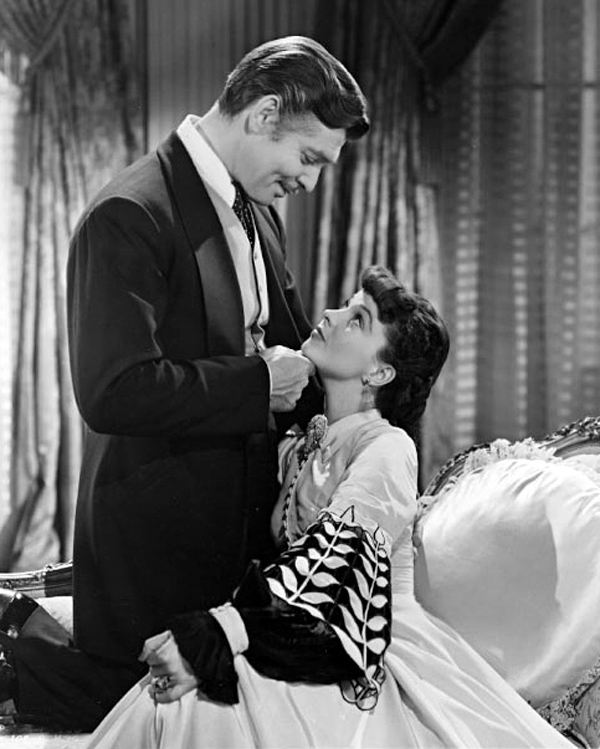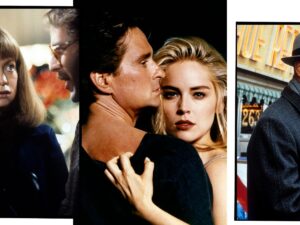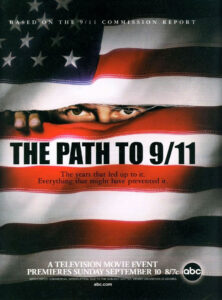
The 1950s stand as a transformative decade in the history of cinema, marking the golden age of Hollywood and the advent of various technological and artistic innovations. This era saw the rise of iconic filmmakers, the establishment of enduring cinematic styles, and the production of films that have become timeless classics. Here, we explore the key aspects that defined movies in the 1950s.
Technological Innovations
One of the most significant advancements of the 1950s was the introduction of widescreen formats such as Cinemascope and VistaVision. These technologies enhanced the visual appeal of films, providing audiences with a more immersive experience. Coupled with improvements in color film processes like Technicolor, movies became more vibrant and visually spectacular.
The Rise of Method Acting
The 1950s also saw the emergence of method acting, a style popularized by actors like Marlon Brando, James Dean, and Montgomery Clift. Method acting, which involves deep psychological immersion into characters, brought a new level of realism and emotional intensity to performances. Brando’s portrayal in “A Streetcar Named Desire” (1951) and Dean’s in “Rebel Without a Cause” (1955) are prime examples of this transformative approach.
Iconic Films and Directors
The decade produced a plethora of iconic films that have left an indelible mark on cinema history. Some notable examples include:
- “Sunset Boulevard” (1950): Directed by Billy Wilder, this film noir delves into the dark side of Hollywood with a gripping narrative and memorable performances by Gloria Swanson and William Holden.
- “Singin’ in the Rain” (1952): A joyous musical directed by Stanley Donen and Gene Kelly, it remains one of the greatest musicals ever made, known for its delightful choreography and catchy tunes.
- “Rear Window” (1954): Alfred Hitchcock’s suspenseful thriller showcases his masterful direction and storytelling, featuring a stellar performance by James Stewart.
- “On the Waterfront” (1954): Directed by Elia Kazan, this film highlighted Marlon Brando’s exceptional talent and tackled themes of corruption and redemption.
The Western Renaissance
Westerns experienced a renaissance in the 1950s, with directors like John Ford and Howard Hawks at the forefront. Films such as “The Searchers” (1956) and “Rio Bravo” (1959) not only entertained but also explored deeper themes of justice, morality, and the American identity.
Social Commentary and Genre Evolution
Filmmakers in the 1950s began to tackle social issues more directly, reflecting the changing dynamics of post-war America. Movies like “12 Angry Men” (1957), directed by Sidney Lumet, addressed the complexities of the judicial system and the importance of personal integrity. Meanwhile, science fiction films like “The Day the Earth Stood Still” (1951) and “Invasion of the Body Snatchers” (1956) mirrored societal anxieties about the Cold War and the potential for nuclear disaster.
The End of the Studio System
The 1950s also marked the decline of the traditional Hollywood studio system, which had dominated the industry since the 1920s. The advent of television, antitrust rulings, and changing audience tastes led to the rise of independent productions and a shift towards more diverse and innovative filmmaking.
Conclusion
The movies of the 1950s reflect a dynamic period of change and creativity in the history of cinema. From groundbreaking technological advancements and the rise of method acting to the production of iconic films and the exploration of deeper social themes, this decade left an enduring legacy. The films and filmmakers of the 1950s continue to inspire and influence modern cinema, making this era a pivotal chapter in the story of film.





